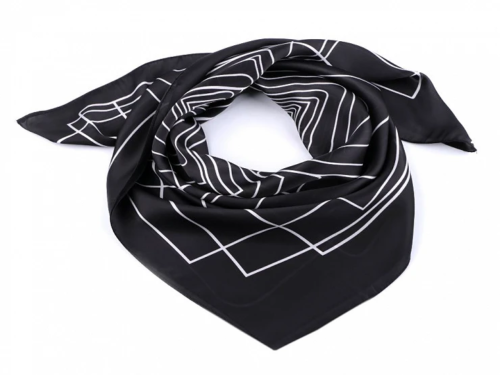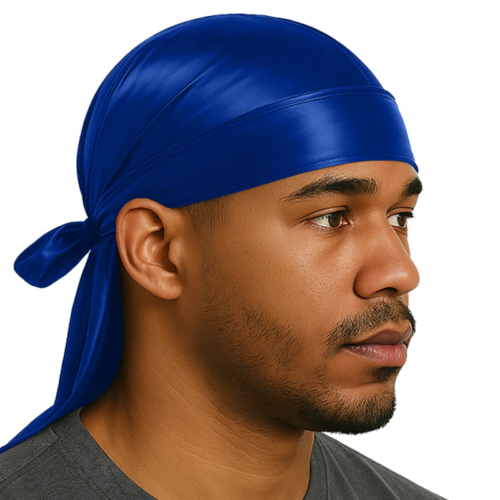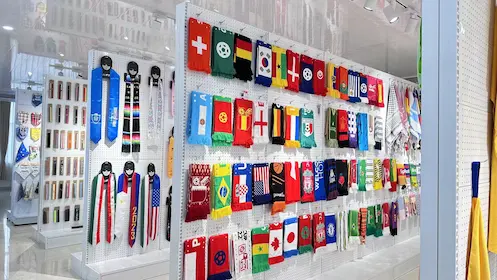Table of Contents
ToggleThe basic definition of Balaclava.
Balaclava, commonly known as a balaclava hat, is a type of headgear that covers the face and neck. It was originally designed to protect the face and neck from harsh weather conditions, such as cold, wind, and sand. The name Balaclava comes from a town of the same name during the Crimean War, and its origin is closely related to the practical needs of that time.
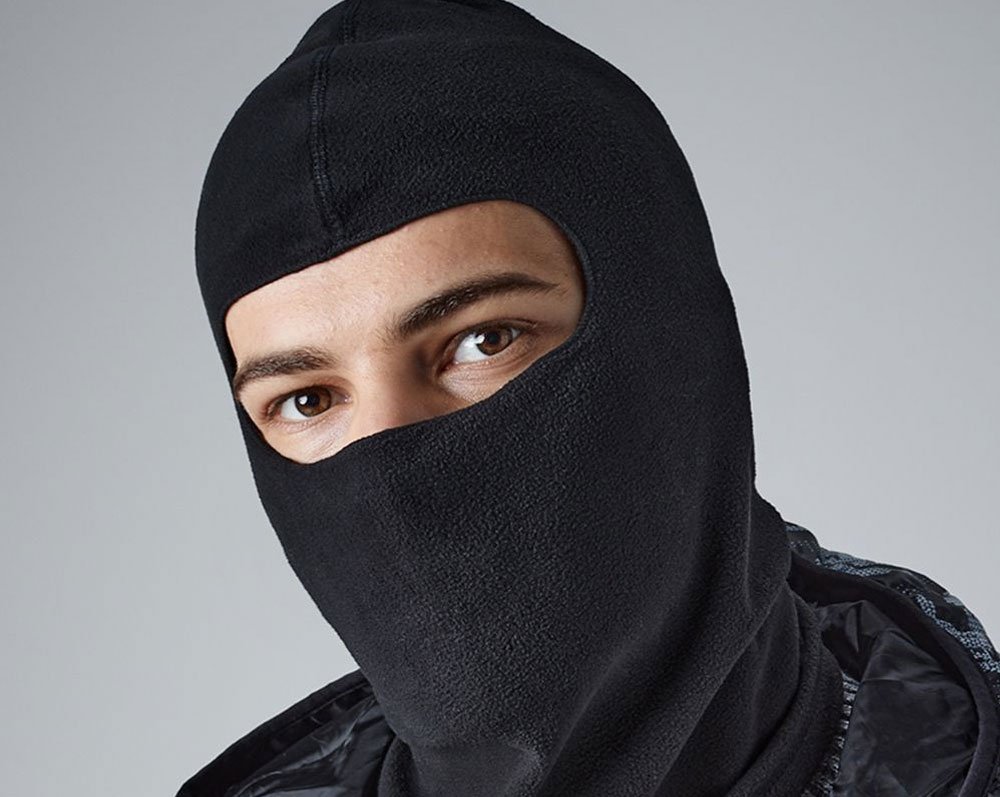
Origin and History of Balaclava
The origin and history of Balaclava can be traced back to the Crimean War in the 19th century, specifically to the Battle of Balaclava in 1854. At that time, soldiers needed a type of cold-weather fabric to cover their faces to protect against the biting winds from the Black Sea. Thus, the Balaclava was born. Initially, these head coverings were made of wool and were designed to expose only essential parts such as the eyes, nose, and mouth, ensuring that soldiers could remain combat-effective in extreme weather conditions. After the war, the Balaclava gradually spread from the military to civilian use, becoming a widely used cold-weather accessory.
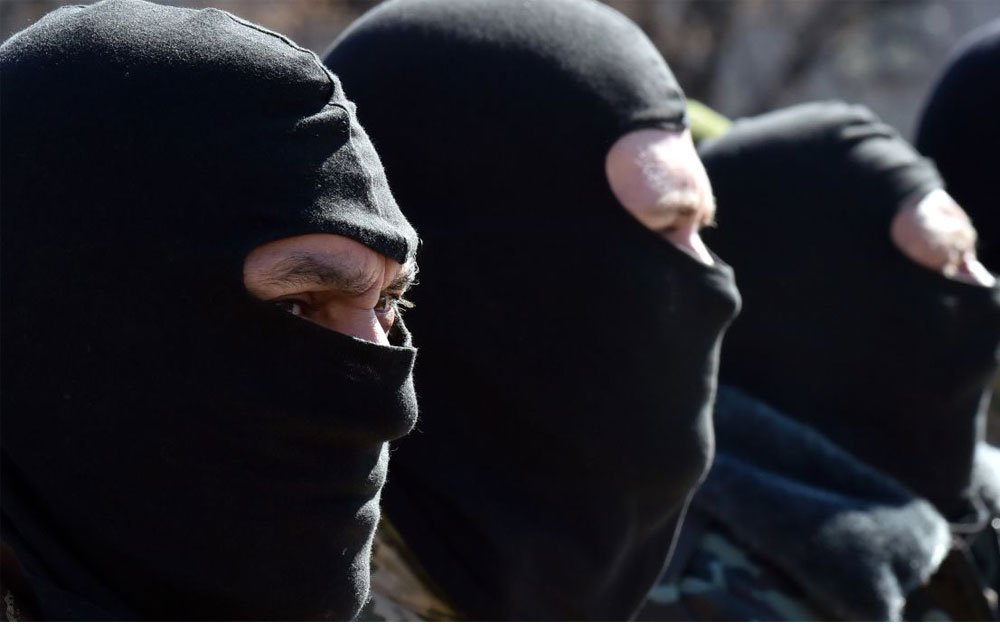
Balaclava uses and suitable occasions
Today, the Balaclava has transcended its military origins and serves important functions in a variety of settings. In the cold winter months, skiers and mountaineers wear Balaclavas to protect their faces from frostbite. Racing drivers also don this type of headgear to shield the skin that comes into contact with their helmets. Explorers and outdoor enthusiasts in extreme environments like deserts and jungles choose Balaclavas for sun protection and warmth. Additionally, in some special cultural events or fashion shows, the Balaclava is often used as a decorative element, showcasing a unique style and personality.
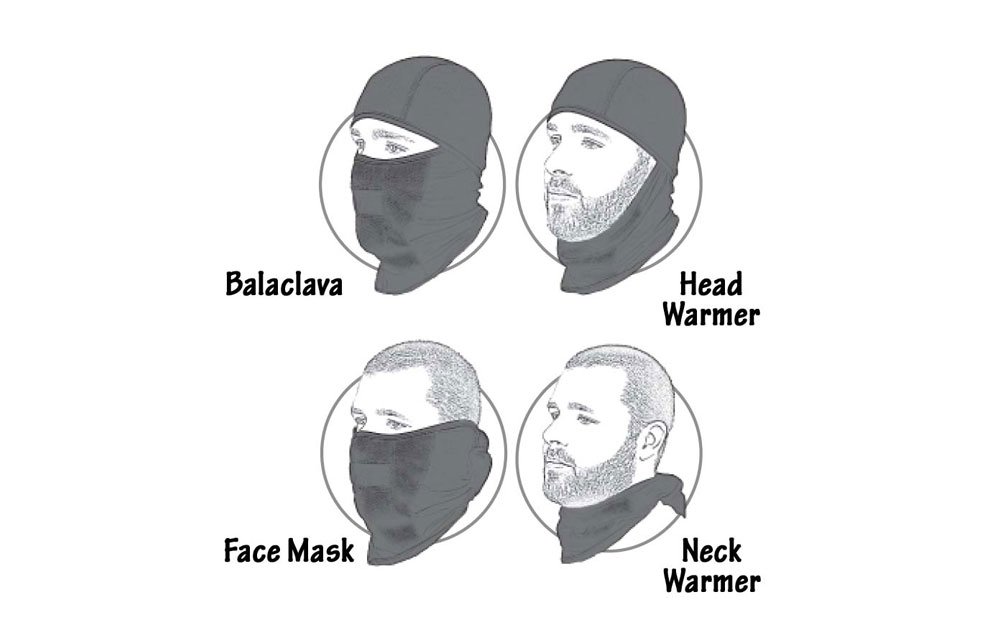
Balaclava materials and styles
With the progress of time and technology, the materials and styles of Balaclavas have become much more diverse. In the early days, Balaclavas were mostly made of wool. However, modern Balaclavas are now made from a variety of high-performance materials, such as nylon, blended fabrics, Coolmax, and polyester. These materials not only provide excellent warmth but also have good breathability and moisture-wicking properties, which help to keep the wearer’s head dry and comfortable even after long periods of use.
In terms of style, Balaclavas have also evolved into different types based on the coverage area and style preferences. There are now full-face Balaclavas, half-face Balaclavas, and even those with special breathing designs, all aimed at meeting the needs of different user groups.
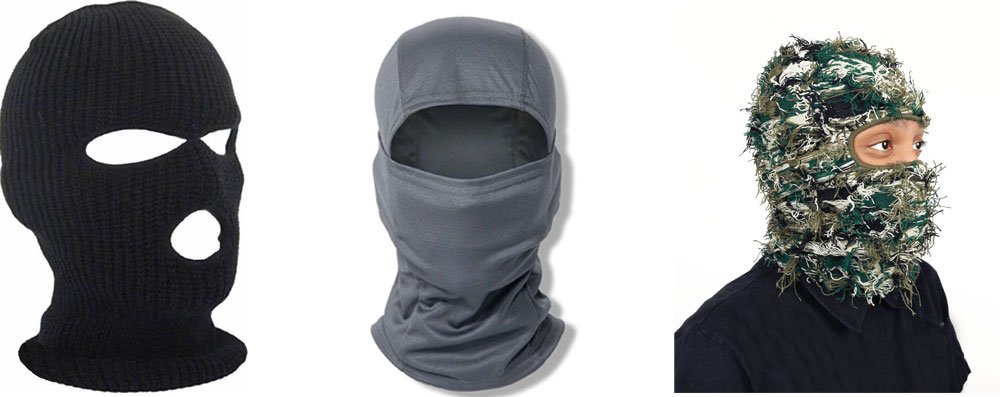
Balaclava in different cultures
In different cultures, the Balaclava has different expressions and meanings. In the military field, it is seen as a symbol of soldiers’ bravery and toughness. In outdoor sports, it represents professionalism and a spirit of adventure. In the fashion world, the Balaclava has become an avant-garde and distinctive decorative element. However, it is important to note that in some specific cultural contexts, the Balaclava may also be given negative connotations, such as being associated with gang violence, bandits, and other criminal images. Therefore, when wearing a Balaclava, it is necessary to pay attention to the suitability of the occasion and environment to avoid unnecessary misunderstandings and conflicts.
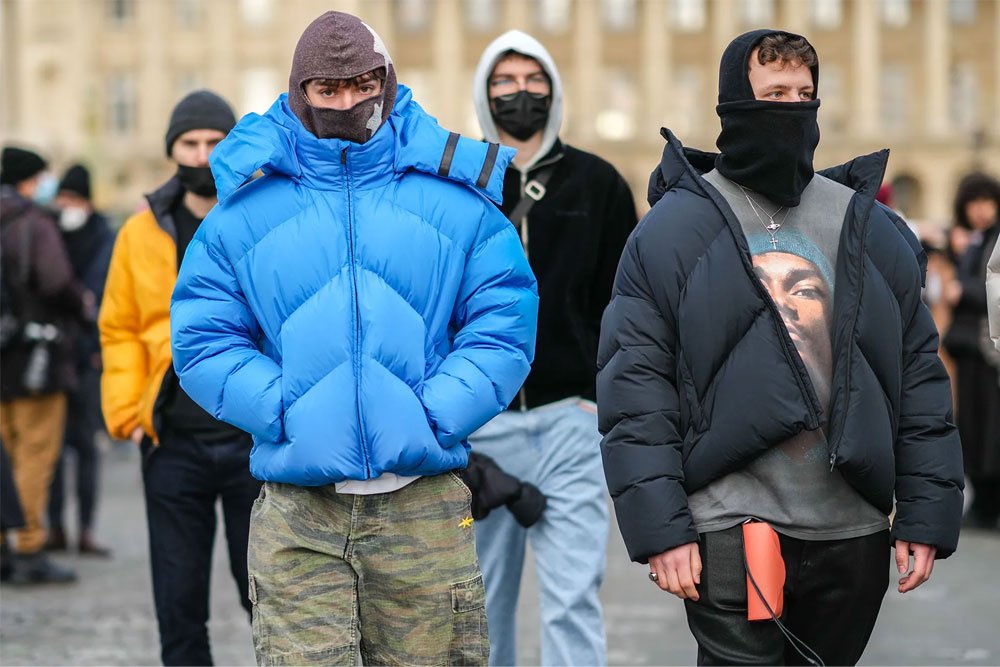
How to choose and wear a Balaclava correctly
Choosing and wearing a Balaclava correctly is essential to ensure it performs at its best. When selecting one, prioritize the functionality and comfort of the material, making sure the headgear has good insulation, breathability, and moisture-wicking capabilities. Also, it’s important to choose the right style and coverage based on personal needs and the occasion. When wearing it, adjust the position and tightness of the headgear to ensure that openings for the eyes, nose, and mouth are properly aligned and comfortably fitted. Additionally, to avoid issues like slipping and deformation, opt for headgear with a secure fit and follow the correct steps to put it on. Lastly, be cautious when wearing a Balaclava in public to avoid unnecessary trouble due to the face being covered.

